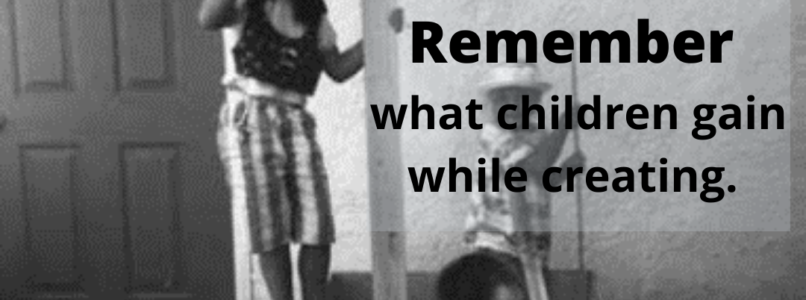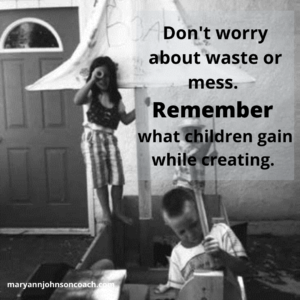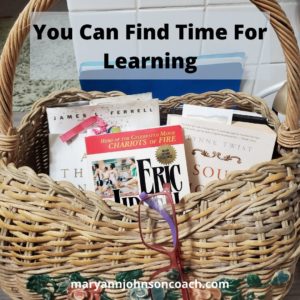 Life doesn’t always go as planned!
Life doesn’t always go as planned!
When our oldest son was young, he became involved in drugs. Don and I were totally out of our element and didn’t know how to respond. We took a parenting class.
Eventually, Seth, at fourteen, left home and moved to the riverbank for the summer. For the next few years, he was home and then gone again. We tried contracts, and tough love, making him earn back his possessions. If it was out there and we could access the information, we gave it a try. Remember that this was before in-home computers were widely available, so resources were harder to come by.
Eventually, we had three other children become involved in drugs. We faced some challenging things. Kids who came home after curfew. We couldn’t let them in because they knew the boundaries. Those clear rules didn’t make listening to them call out to us any easier. Phone calls from kids late at night who were miles away from home and wanted to be picked up. We couldn’t because they knew the boundaries but that meant a lot of knee time praying for their safety. There were the moments when we, as adults lost it and behaved like children. And then the grief over having to tell friends they couldn’t come to our home because of drug issues. Sometimes we were all the family they had. These were really tough times.
Our kids didn’t always like us, and we worried about someone dying or going to jail. We had some narrow escapes on both counts. Some parents don’t escape these painful outcomes.
Here is why I am sharing some of the darkness we experienced. I want you to know that even in the darkness if we are doing our best, we are a light for our children. What does that even mean? Let me share a message that I got two years ago from my oldest son, who is closing in on fifty. It filled my heart with peace and gratitude.
“Mom, when it comes to all the kids that hung out at our house, even though you didn’t see it, you were a mom to 150 kids. Our home life was so different than everyone else’s home life. That’s why people liked coming to our house because it was such a safe place. Even though we all had our issues, it was a safe place. I still hear it from so many of my friends. It was that you were a mom. It was a safe and secure place for more people than you’ll ever realize, mom.”
So there it is. Our lives weren’t perfect.
Don and I had a ton of baggage. We were inept at parenting. I have talked about that before. We didn’t know how to respond. We tried stuff, most of which wasn’t helpful. Our kids suffered. We suffered.
BUT here is what I want you to hear, we stayed the course.
We remained loving adults in our children’s lives and unknown to us, in the lives of countless other youth. We were home, and we had dinner together. I read to the kids, not consistently, but enough. We attended church together and went on trips to grandma’s. We went camping. We weeded the garden together and did some family canning. It was all ordinary, no big fancy anything, just plenty of family time.
Don and I made a boatload of mistakes. But we were there. Our kids could count on our being there. They could count on boundaries that didn’t change just because we were tired, angry, sad, or afraid. Our kids could trust us. This is all we really brought to the game: love, dependability, and trust.
I have shared some dark memories. Let me share some of the light from today that lets me know our children are OK. A few years ago, they began having a sibling call once a month. Anyone available got on, and they shared their lives. All seven of the kids made time for this call.
Later it was a video app. We have two video groups. The whole family is on one. The grands see and hear us, and we see and hear them. They see and hear their uncles and aunts. Everything gets shared: grades, holidays, mini-disasters, work, sports, etc. There are always videos to watch.
The second one is for the adults, us, and our children. The talk there is more personal: lost jobs, new jobs, illnesses, relationships, etc. Deep feelings are expressed.
Every other year we gather for a reunion. Rarely does anyone miss. Two years ago, we had to cancel our reunion because of covid. Last year we held it and our breaths hoping that everyone would be healthy and safe. We couldn’t wait any longer. The videos were filled with a longing to be together. On the last day, our youngest son asked us to do it again this year. The ‘yes’ vote was unanimous.
Early last spring, I decided that I needed a shed. I wanted to clean out more space in the garage for my daughter’s family, and well, I am a handywoman, and a handywoman needs a shed! : )
I found what I wanted and bought a kit. Then I headed out to Washington to help one of my daughters. While I was gone, a miracle occurred. I was worried as to how that shed was going to get built. Both my daughter and her husband work long hours. Then there are four kids to take care of after that, one with severe CP. I couldn’t do it alone, and my husband’s physical abilities and health made it impossible for him.
When I returned to Utah, there was a finished shed. Jodie had called Seth, our oldest son, and he took some time off from work, drove ten hours one way, and helped her and her husband, Doug, build the shed. Later, I painted it with the help of my nine-year-old grandson. I call it ‘The Shed that LOVE built.’ I can’t look at it or go inside without feeling loved.
How does that happen when a family is in so much pain and danger for so long? How does it come right? When you stay the course, when you keep parenting the best you can, when you keep learning and growing and changing, well, that is what helps it happen.
It doesn’t matter where you are in your family’s life. It may be a dark place, and you may feel hopeless and helpless. But you are not. Pray for help. Seek resources. Never give up. Stay the course. Be the parent you promised to be when you began, as best you know how.



 Can Everyone Be Happy, Ever?!
Can Everyone Be Happy, Ever?!
 A mother asked me how I handled it when my children wanted to make something that I knew wouldn’t be used after it was created. How did I feel about the waste of resources and the mess that would be left? That is a great question. In fact, this same question comes up often when I am working with moms, and I have put some thought into it and decided that an even better question would be:
A mother asked me how I handled it when my children wanted to make something that I knew wouldn’t be used after it was created. How did I feel about the waste of resources and the mess that would be left? That is a great question. In fact, this same question comes up often when I am working with moms, and I have put some thought into it and decided that an even better question would be: paper roll tubes, and tons of glue, expensive ‘real sticky glue’ as he called it. It turned out spectacularly, but it didn’t have any use. It was too big and not sturdy enough to hang on a wall. It lay on the concrete at the bottom of the back steps to be admired by the whole family until it rained. Then all the pieces were gathered up by an adult and taken to the dump.
paper roll tubes, and tons of glue, expensive ‘real sticky glue’ as he called it. It turned out spectacularly, but it didn’t have any use. It was too big and not sturdy enough to hang on a wall. It lay on the concrete at the bottom of the back steps to be admired by the whole family until it rained. Then all the pieces were gathered up by an adult and taken to the dump. I love working with moms.
I love working with moms.

 I had a mom call me in tears. She couldn’t figure out how to continue her education and still wear all the other hats that she must wear. She wanted some advice.
I had a mom call me in tears. She couldn’t figure out how to continue her education and still wear all the other hats that she must wear. She wanted some advice.
 The trip was a mixed bag, if I am honest. The kids and I had some great times, and I kept Gus worn out. : ) He had one nap and wanted another Saturday, but we were busy. This from a boy who has all but given up naps.
The trip was a mixed bag, if I am honest. The kids and I had some great times, and I kept Gus worn out. : ) He had one nap and wanted another Saturday, but we were busy. This from a boy who has all but given up naps.
 I have been thinking back to 2015. In February of that year, I had a friend who turned 111. You read that right, 111! She lived with her daughter, who was 87. Anna was in good health and could get around with her walker; she bathed herself, fed herself, and was as sharp as a tack. Anna is gone now, but caring for my mom, who is turning 91 in March, made me think back to some important things I learned about management vs. relationship from Anna and her daughter.
I have been thinking back to 2015. In February of that year, I had a friend who turned 111. You read that right, 111! She lived with her daughter, who was 87. Anna was in good health and could get around with her walker; she bathed herself, fed herself, and was as sharp as a tack. Anna is gone now, but caring for my mom, who is turning 91 in March, made me think back to some important things I learned about management vs. relationship from Anna and her daughter.
 I knew a BIG black dog named Majestic. He belonged to my friend Cathy. I am sure that in his prime, he was majestic. But when I knew him, he was far along in age and had begun to slow down…a lot! His hips hurt, and his eyesight had gone.
I knew a BIG black dog named Majestic. He belonged to my friend Cathy. I am sure that in his prime, he was majestic. But when I knew him, he was far along in age and had begun to slow down…a lot! His hips hurt, and his eyesight had gone.
 I heard something on TV recently, of all places, and I thought it was worth passing on because the truth is, when you do work outside of your family, regardless of what it is, it is tough to ‘be home’ and leave that work at work.
I heard something on TV recently, of all places, and I thought it was worth passing on because the truth is, when you do work outside of your family, regardless of what it is, it is tough to ‘be home’ and leave that work at work.